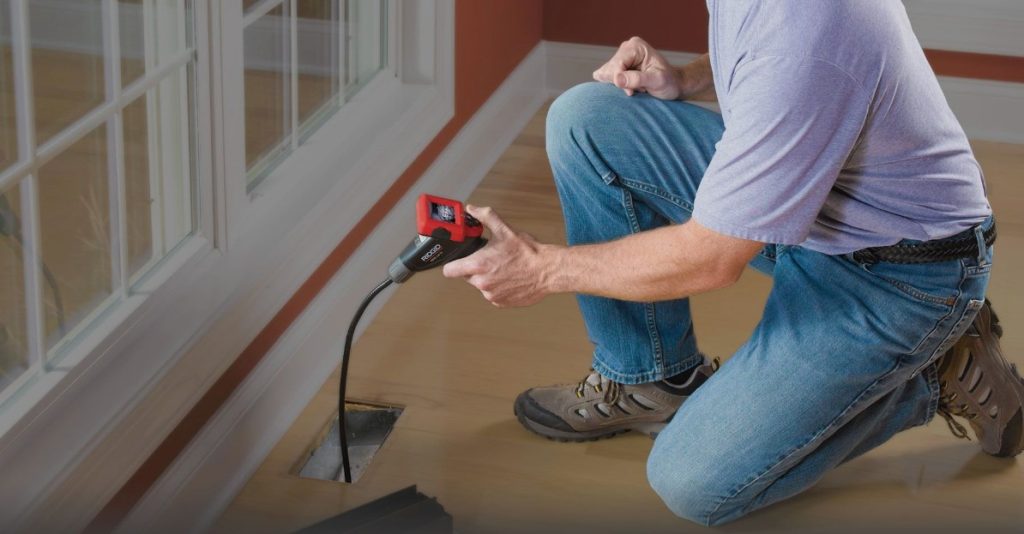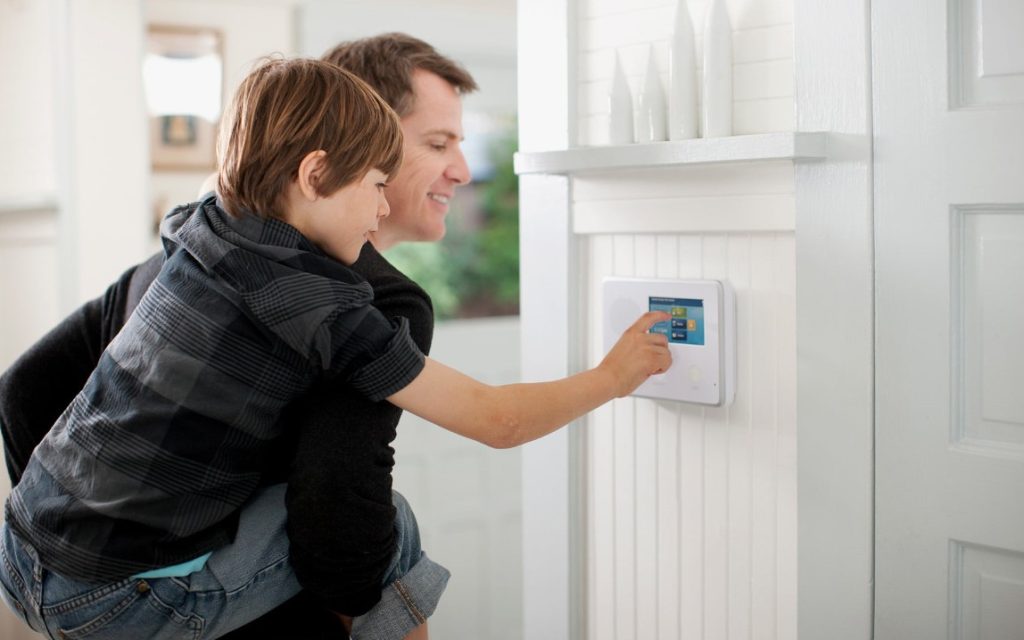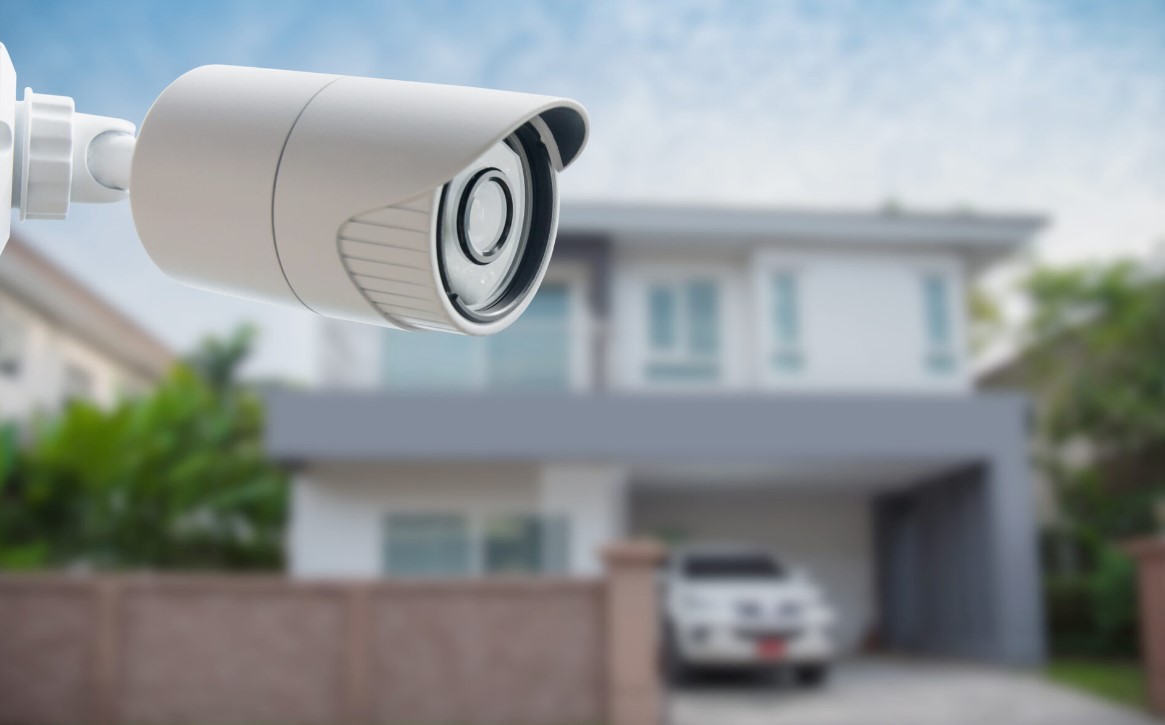Every home has valuable items that need protection from thieves and emergencies. While traditional storage methods like boxes, chests of drawers, or closets may suffice, investing in a safe from Argus Security provides enhanced security. This is especially crucial for firearms owners. Here’s a comprehensive guide to help you choose the right safe for your home.
Burglar Resistance Class
The burglar resistance class is one of the primary characteristics to consider. This class determines how difficult it will be for an unauthorized person to open or penetrate the safe. Safes are divided into eight classes, with higher classes offering greater resistance. For home use, safes up to class 3 are typically sufficient. More protected safes have thicker walls and more reliable locks, increasing their weight significantly.
The burglar resistance class is usually indicated on the safe as H0-H7:
– Class H0: Suitable for premises with security, designed for storing small amounts of money, weapons, and documents. Wall thickness is 5 mm, with no lock protection against knocking out or drilling.
– Class H1: Compact, lightweight models often built into furniture. Equipped with two locks, an alarm, and anchors. Wall thickness is about 10 mm.
– Class H2: More massive with concrete reinforcement. Wall thickness is 10-12 mm, equipped with an interlock and two different locks. Weight is around 90 kg.
– Class H3: Used in enterprises and exchange offices. Wall thickness is 50-70 mm with concrete pouring between layers. Features a deadbolt locking system and two locks resistant to knocking out or drilling.
– Class H4 and higher: Used in banks and jewelry stores. Often equipped with additional secret compartments. Wall thickness is 100 mm and above, weight starts from 200 kg.
Choosing the right burglar resistance class depends on your specific needs and the value of the items you intend to store. For instance, if you only need to secure documents and a small amount of cash, a Class H0 or H1 safe might suffice. However, for storing high-value items like jewelry or significant amounts of cash, a higher class safe, such as H2 or H3, would be more appropriate.

Fire Resistance
The ability of a safe to withstand fire is another crucial factor. The fire resistance class is indicated by markings like 30V, 90V, 120V, etc., where the number represents the time in minutes during which the contents are protected from fire. This depends on the amount of thermal insulation material and seals in the safe’s walls.
It’s important to note that fire resistance and burglar resistance are different parameters. If both are important to you, look for safes that offer both features. A fire-resistant safe ensures that in the event of a fire, your important documents, data, and valuables remain intact for the duration specified by the class. For example, a 120V rated safe will protect its contents for up to 120 minutes in a fire.
When considering fire resistance, think about what you plan to store. Paper documents, for example, are highly susceptible to heat and will need a higher fire resistance rating compared to metals or jewelry.
Size
The size of the safe should be chosen based on your storage needs and available space. For an apartment, a compact model is ideal as it can be easily hidden in a niche or furniture, or mounted on a wall or floor. In a private house, larger safes can be accommodated if a separate niche or room is allocated. Using multiple safes for different types of items (securities, money, documents, weapons) can also enhance security, making it time-consuming for attackers to access all valuables.
When selecting a size, consider not only your current needs but also future ones. It’s often better to choose a slightly larger safe than you think you need to accommodate any additional valuables you may acquire. Additionally, think about the dimensions of the items you plan to store. For example, if you intend to store documents, make sure the interior space is sufficient to hold standard-sized papers without folding.
Installation Method
Depending on the size of your room and its features, safes can be installed in different ways:
– Built-in safes: Installed within walls or floors, providing high security and concealment. These safes are ideal for those who want to hide their safe and save space. Built-in safes are usually more secure as they are harder to remove and access.
– Furniture safes: Integrated into furniture, offering discreet protection. These safes can be hidden inside cabinets, closets, or drawers. They are less secure than built-in safes but offer convenience and accessibility.
– Standing safes: Standalone units that can be placed in a secure location. These are often larger and heavier, providing significant storage space and high security. They should be bolted to the floor to prevent easy removal.
The choice of installation method depends on your security needs and space constraints. Built-in and furniture safes offer more concealment, while standing safes provide more storage capacity and flexibility.

Type of Lock
Choosing the right type of lock is critical for ensuring the security of your safe. Here are some common types:
– Key locks: Simple and traditional, but keys can be lost or duplicated. They are easy to use but require careful handling of the keys.
– Combination locks: Require a numerical code, offering good security without the need for keys. These locks are reliable and don’t require batteries or electronics.
– Electronic locks: Use a keypad to enter a code, allowing for quick access and the ability to change codes easily. They offer convenience but depend on battery power.
– Biometric locks: Utilize fingerprint recognition for access, providing high security and convenience. These locks are very secure and user-friendly but are usually more expensive.
– Dual locks: Combine two different types of locks for enhanced security. For example, a safe might have both a key lock and a combination lock. This ensures that even if one locking mechanism is compromised, the other remains secure.
Consider your comfort level with each type of lock and the level of security you need. Electronic and biometric locks offer the advantage of quick access, which can be crucial in an emergency.
Final Considerations
When purchasing a safe, review the terms and conditions outlined by the seller. Ensure that the manufacturer provides laboratory test certificates indicating the burglary and fire resistance classes. Lack of certification may imply the safe hasn’t undergone proper testing. Also, check for acceptable warranty and post-warranty service conditions, especially in cases of lost keys or forgotten codes.
It’s also advisable to consider the reputation of the safe manufacturer and seller. Opt for established brands known for their quality and reliability. Reading customer reviews and seeking recommendations can also help in making an informed decision.
Reliable Safe Suppliers
Choosing a reputable supplier is just as important as selecting the right safe. For example, Argus Security offers reliable Italian-made safes in the UAE, ensuring high standards of protection for your home. Working with trusted suppliers ensures you receive a product that meets all necessary safety standards and provides the support needed for maintenance and service.
Conclusion
Choosing the right safe involves considering several factors, from burglary and fire resistance to size and lock type. By understanding these aspects, you can make an informed decision to safeguard your valuables effectively. A responsible approach to purchasing a safe from a trusted seller, a clear understanding of the necessary parameters, and a willingness to invest in quality are the main guarantors of the safety of your valuables. Investing in a high-quality safe is a crucial step in protecting your home and its contents, providing peace of mind and security.

